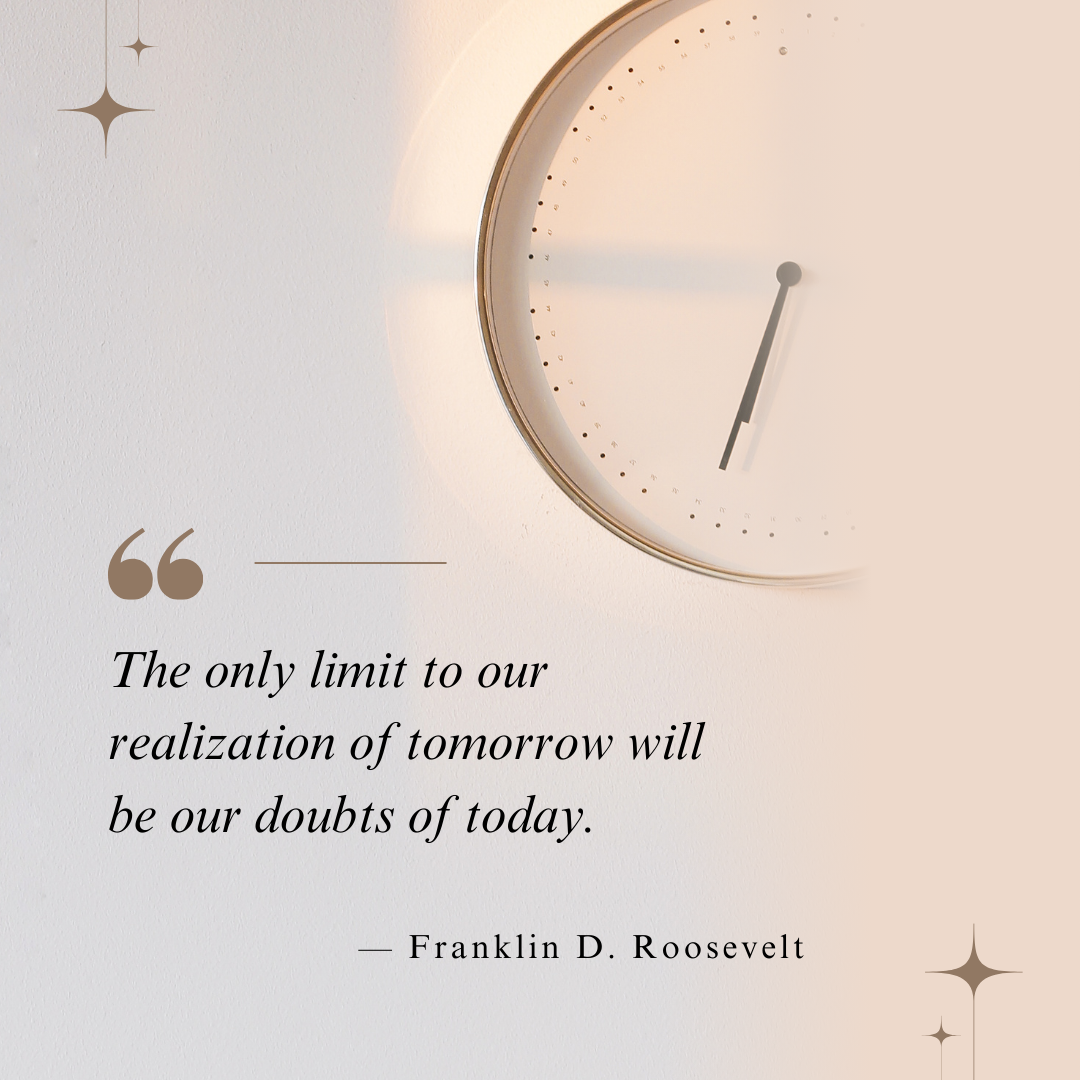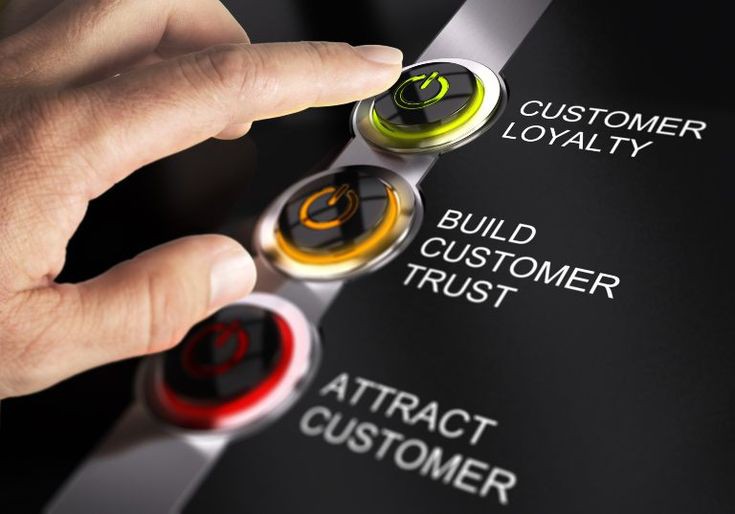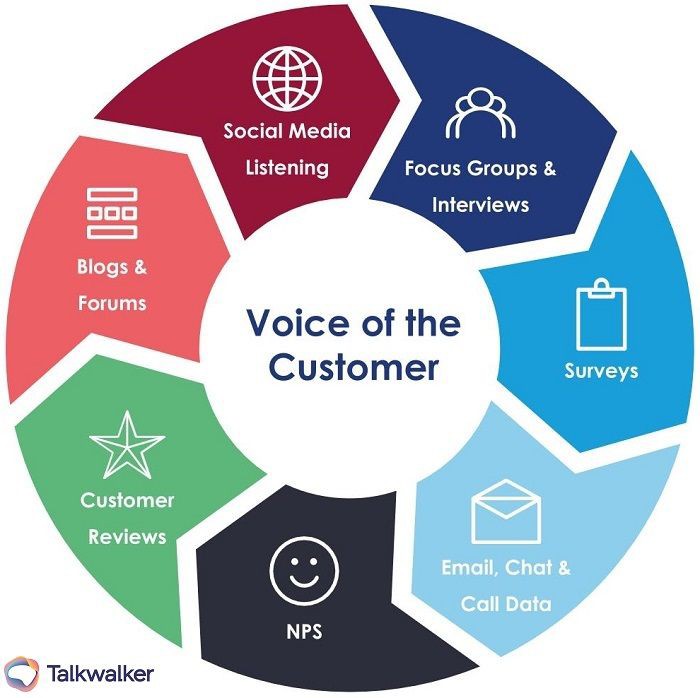In the vast ocean of digital marketing, one small but mighty element can make all the difference: the Call-to-Action (CTA). Think of it as the guiding light that tells your visitors exactly what to do next. It’s not just a button or a phrase—it’s the bridge between interest and action, the moment when a visitor decides to move forward with your brand.
The power of a strong CTA lies in its ability to engage users at the right moment, compelling them to take the next step, whether that’s making a purchase, signing up for a newsletter, or contacting your team. At Fogofy Ltd, we know that crafting the perfect CTA involves both art and science. It’s about tapping into the psychology of user behavior and aligning that with strategic design to drive conversions.
In this article, we’ll dive deep into the psychology behind effective CTAs, explore how they drive engagement and conversions, and demonstrate how Fogofy Ltd uses them strategically to help clients achieve their business goals.
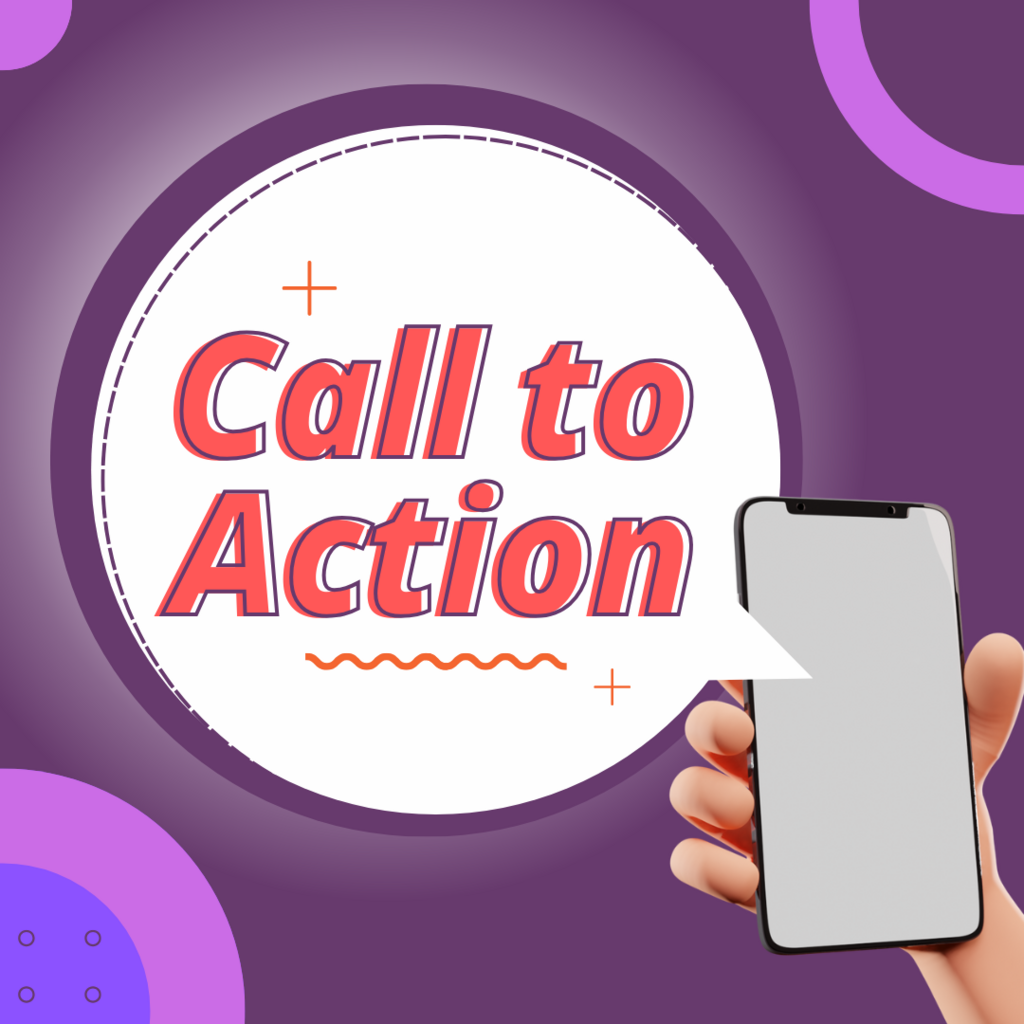
What is a Call-to-Action (CTA)?
A Call-to-Action is any prompt that encourages website visitors to take a specific action. This can be as simple as a “Buy Now” button or as complex as a multi-step form that leads to a free consultation. The key is clarity: a CTA needs to tell the visitor exactly what to do next in a way that feels natural and compelling.
The most effective CTAs:
Are clear and direct
Create a sense of urgency or excitement
Highlight the benefits of taking action
Fit seamlessly into the user journey
CTAs are the driving force behind user interaction, and when done correctly, they can dramatically increase engagement and conversions on your website.
The Psychology Behind a Powerful CTA
Why do some CTAs make us click, while others don’t? The answer lies in human psychology. Here’s a breakdown of the psychological principles behind an effective CTA:
- Urgency and Scarcity
People are naturally wired to act when they fear missing out on an opportunity. Words like “Now,” “Limited Time Offer,” or “Only X Left” create a sense of urgency and scarcity that motivates users to act quickly. The fear of missing out (FOMO) can be a powerful driver when it comes to CTAs.
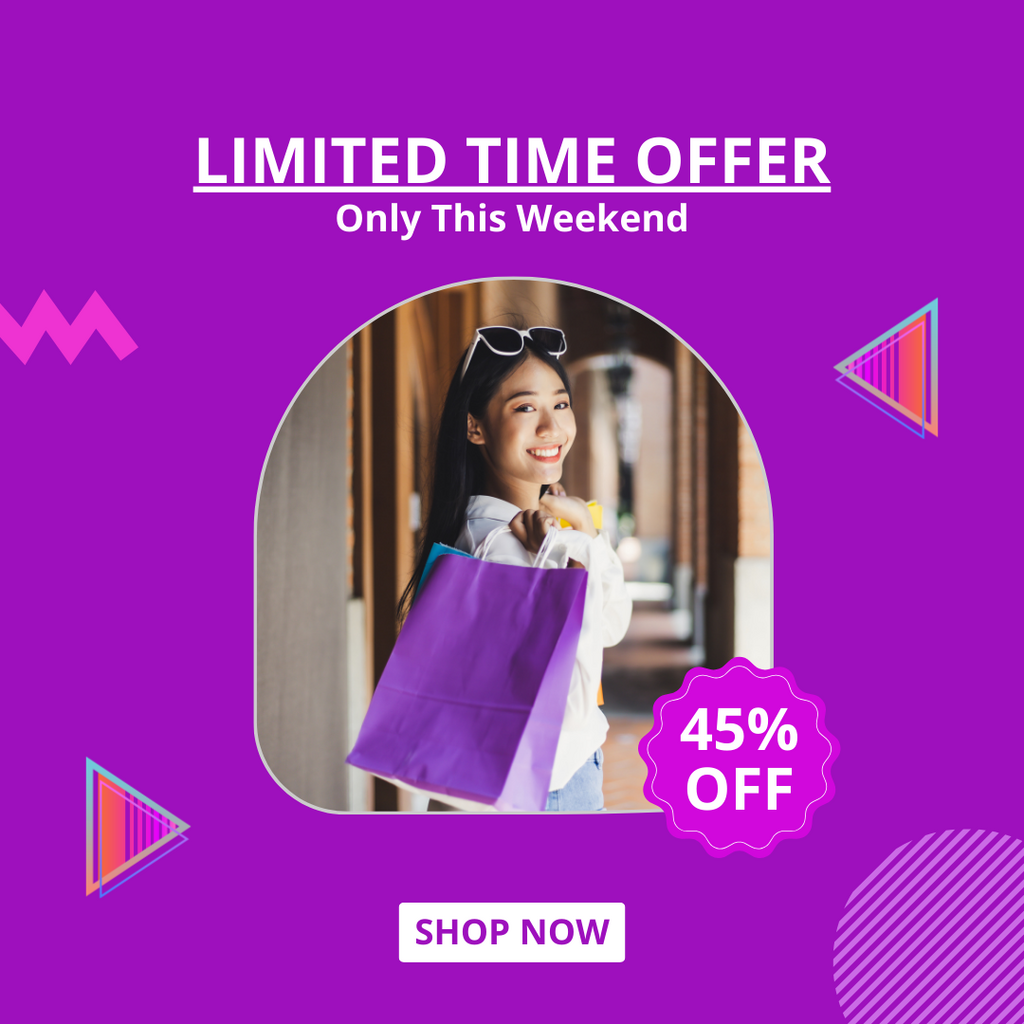
- The Power of Action-Oriented Language
Action words like “Get,” “Start,” “Discover,” or “Join” create a feeling of momentum. They imply that the user is about to embark on a rewarding experience, making them more likely to follow through. These verbs tap into our innate desire to accomplish things and move forward.
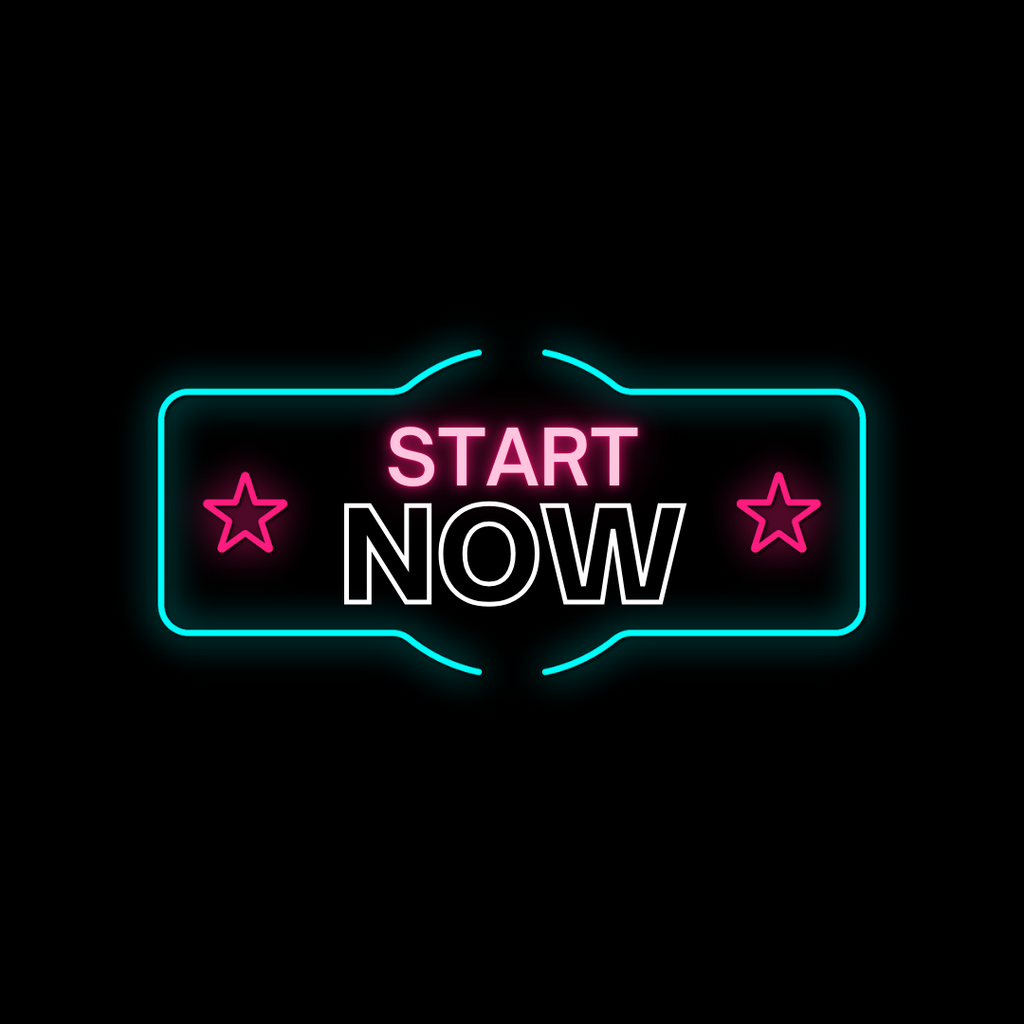
- Social Proof
People trust what others trust. By including testimonials, star ratings, or the number of people who have already taken action, you can make your CTA more compelling. Social proof reduces uncertainty and provides validation that the user is making the right choice.
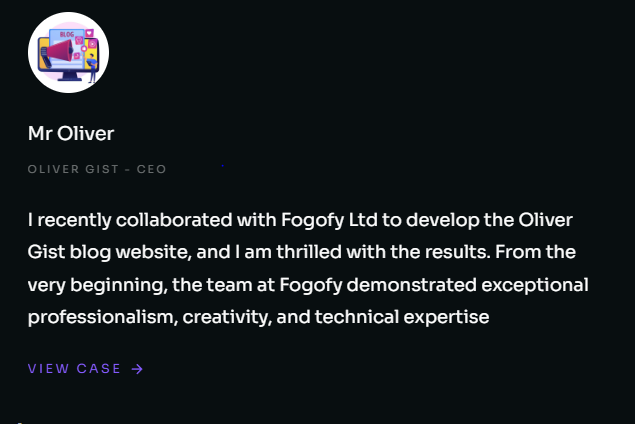
- Fear of Regret
No one wants to feel like they’ve missed out on something valuable. CTAs that emphasize what users could lose by not acting—whether it’s a deal, time, or opportunity—play on this psychological trigger. Phrases like “Don’t Miss Out” or “Avoid Missing This Opportunity” are powerful motivators.
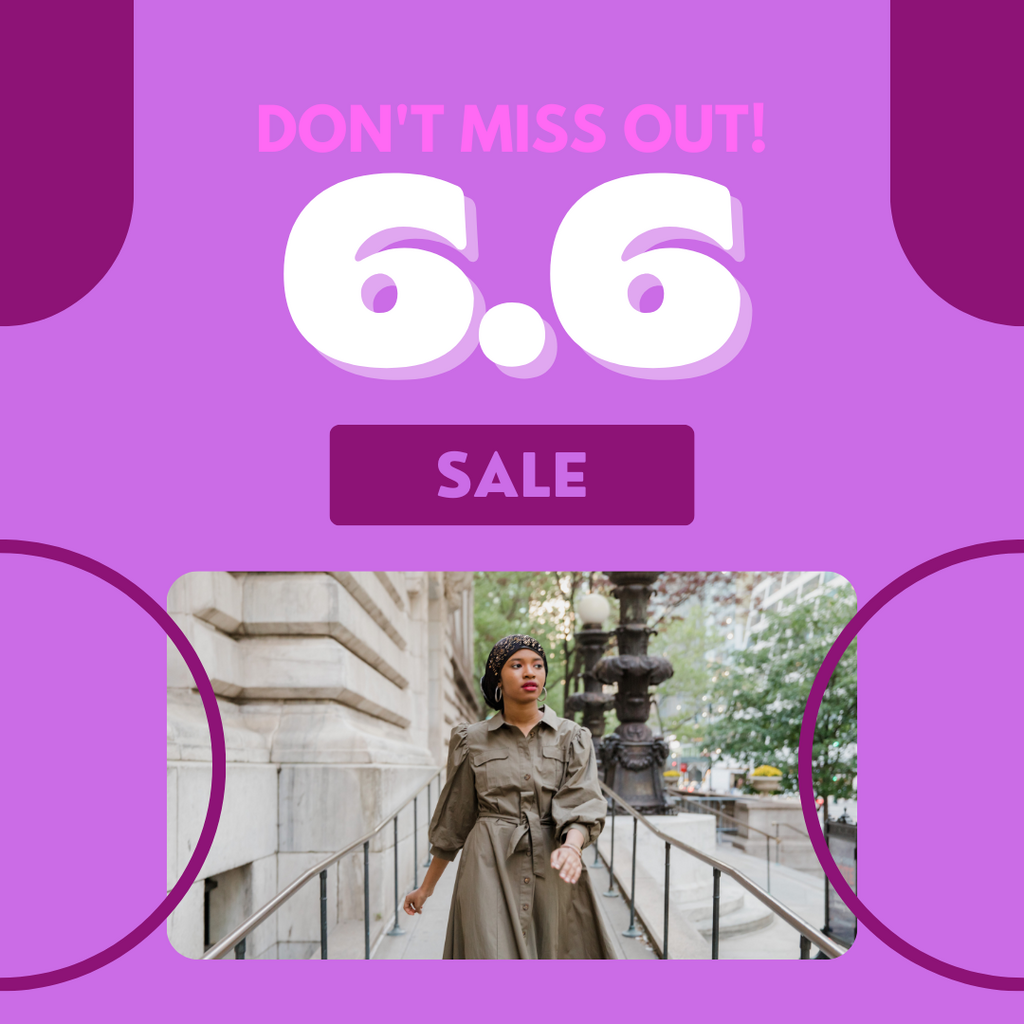
- Clarity and Simplicity
The brain loves simplicity. A CTA needs to be clear, straightforward, and easy to understand. If users have to think too hard about what to do next, they’re less likely to take action. Keep it concise and focus on a single action that aligns with the user’s needs.
How CTAs Drive Engagement and Conversions
A well-placed, well-crafted CTA can be the difference between a bounce and a conversion. Here’s how a strong CTA impacts user engagement:
- Guiding the User Journey
CTAs act as signposts that guide users through your website, leading them from one stage of the customer journey to the next. Whether it’s prompting them to explore your services, read more about your products, or complete a purchase, a CTA keeps users engaged and moving forward.
- Increasing User Interaction
CTAs make the user experience interactive. Instead of passively scrolling through your site, users are actively engaging with your content, clicking buttons, and making decisions. This increased interaction not only boosts engagement but also gives you valuable insights into user behavior.
- Converting Visitors into Customers
The ultimate goal of a CTA is to turn visitors into customers. By strategically placing CTAs at key conversion points—such as product pages, sign-up forms, and landing pages—you can drive more conversions. The right CTA can take a user from “just browsing” to “ready to buy” in a matter of seconds.
Fogofy Ltd’s Approach to Crafting Effective CTAs
At Fogofy Ltd, we take a data-driven approach to designing CTAs that deliver results. Here’s how we help clients boost conversions with powerful, strategically placed CTAs:
- Customized for Each Business
We understand that every business is different, which is why we tailor our CTA strategies to fit the unique needs of each client. Whether your goal is to drive product sales, capture leads, or increase sign-ups, we create CTAs that align with your specific objectives.
- Integrated with the User Experience
Our design philosophy at Fogofy is that CTAs should feel like a natural part of the user experience, not an intrusive element. We ensure that CTAs are seamlessly integrated into the website design, using complementary colors, fonts, and placements that guide the user’s eye without overwhelming them.
- Optimized for Conversion
Through A/B testing, heatmaps, and user behavior analysis, we continuously optimize our CTAs to ensure they’re driving maximum conversions. We analyze everything from button color to the wording of the call-to-action, making data-driven adjustments that improve performance over time.
- Mobile-Friendly CTAs
With the majority of web traffic coming from mobile devices, it’s crucial that CTAs are optimized for small screens. Fogofy Ltd ensures that every CTA is mobile-friendly, using responsive design techniques to ensure that buttons are easily clickable, text is legible, and the user experience is seamless across all devices.
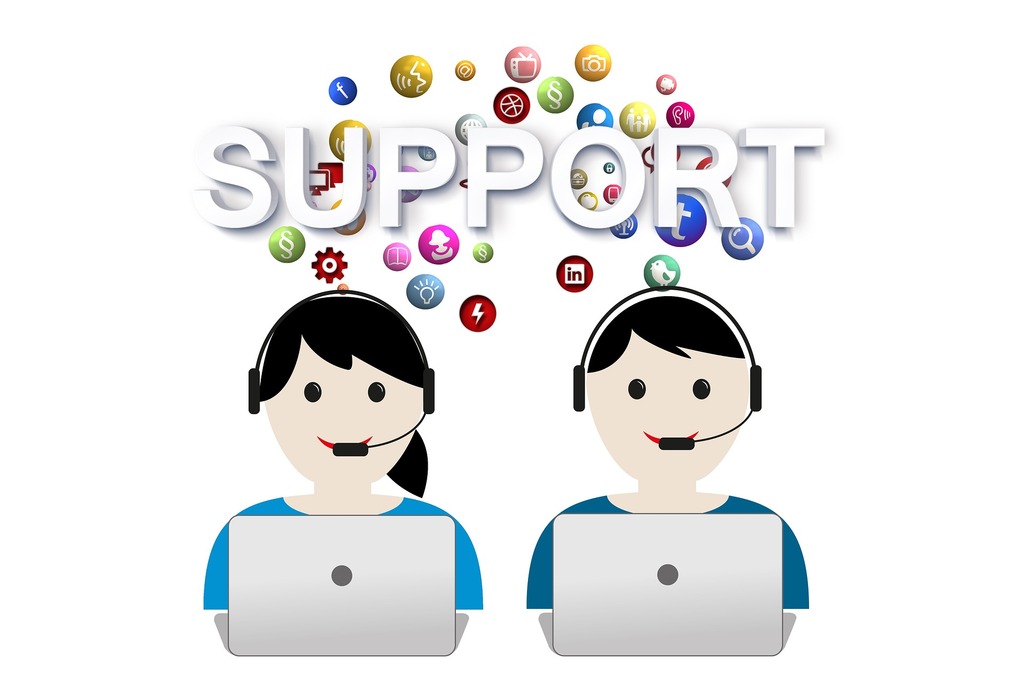
CTA Placement: Where to Position Your Calls-to-Action
Even the most compelling CTA can fail if it’s not placed strategically. Here’s where Fogofy ensures CTAs are positioned for optimal performance:
- Above the Fold
Placing your CTA “above the fold” (the portion of the webpage that’s visible without scrolling) ensures that users see it immediately upon landing on the page. This is particularly effective for high-conversion pages like landing pages and product pages.
- End of Content
For blog posts and longer articles, placing a CTA at the end of the content is a great way to capture users who have engaged with your material and are ready to take the next step.
- Pop-Ups and Slide-Ins
When used sparingly, pop-ups and slide-in CTAs can be effective for capturing leads or encouraging sign-ups. Fogofy uses smart timing triggers to ensure these CTAs appear at the right moment—when a user is about to leave the page or after they’ve spent a certain amount of time browsing.
- Inside Forms
For forms or lead captures, placing a CTA at the end of the form (“Submit” or “Get Your Free Quote”) is crucial for finalizing the conversion. Fogofy ensures these CTAs are clear and action-oriented, making it easy for users to complete their journey.
Conclusion: Transform Your Business with Strategic CTAs from Fogofy Ltd
At the end of the day, a strong CTA is more than just a button—it’s a carefully crafted message that can dramatically impact your business’s bottom line. It guides users, encourages action, and drives conversions, making it an essential part of any successful website.
At Fogofy Ltd, we specialize in designing and implementing CTAs that drive results. Whether it’s boosting sales, capturing leads, or increasing engagement, our expert team knows how to use strategic calls-to-action to help you achieve your business goals. Ready to see the difference a powerful CTA can make? Let’s start crafting a strategy that works for you.
FAQs
- What is a CTA in web design?
A Call-to-Action (CTA) in web design is a prompt that encourages users to take a specific action, such as making a purchase, signing up for a newsletter, or contacting the business. - Why are CTAs important for conversions?
CTAs are important because they guide users toward taking the next step. A well-designed CTA can increase user engagement and lead to more conversions by making it easy for users to take action. - How does Fogofy Ltd optimize CTAs?
Fogofy Ltd optimizes CTAs through A/B testing, data analysis, and user behavior insights. We test different designs, placements, and wording to maximize conversions and ensure the best results. - What makes a CTA effective?
An effective CTA is clear, concise, and action-oriented. It uses compelling language, creates urgency, and is placed strategically to guide users through their journey. - Can CTAs be used in emails and social media as well?
Absolutely! CTAs can be used across all digital platforms, including emails, social media posts, and ads. They serve the same purpose—encouraging users to take action, regardless of the medium.

